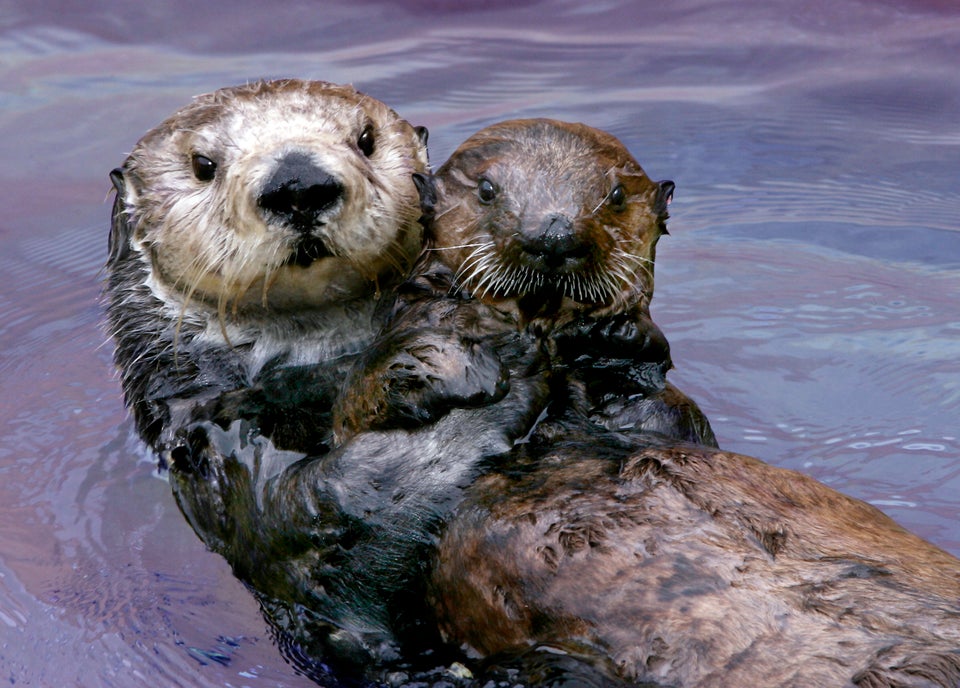Just when you thought they couldn't get any cooler, one octopus in the Caribbean seriously upped the ante.
In the video below, watch what happens when diver Jonathan Gordon tries to check out a seashell off the west coast of Basse-Terre in Guadeloupe. When he's about three feet away, two big eyes suddenly appear and a neon blue octopus slowly inflates out of the ocean floor. The octopus looks downright other-worldly as it asserts itself.
"It took me completely by surprise the first time it happened," Gordon, who lives in Guadeloupe and studies bacterial pathogens for the French research centre CIRAD, told The Huffington Post in an email. Gordon says he wasn't filming the first time it happened, but that the octopus "went straight back into camouflage when I backed off, so I went back up for air and then filmed two more encounters."
"I know that octopuses are masters of camouflage, but I've never seen such an amazing display in person," Gordon said.
Octopuses -- as well as their cousin cephalopods, squids and cuttlefish -- have thousands of cells called chromatophores just below the surface of their skin. The above octopus' transition from brown to green to bright blue is possible because the chromatophores contain a balloon full of pigment at their centers that are flexed and stretched to make the various shades appear.
The Smithsonian explains it this way:
A complex array of nerves and muscles controls whether the sac is expanded or contracted and, when the sac expands, the color is more visible. Besides chromatophores, some cephalopods also have iridophores and leucophores. Iridophores have stacks of reflecting plates that create iridescent greens, blues, silvers and golds, while leucophores mirror back the colors of the environment, making the animal less conspicuous.
As for the shade of blue in the video, Ernie Sawyer, a senior aquarist at the Shedd Aquarium in Chicago, told Mental Floss that it probably only looks blue because it’s under water. Sawyer said that this particular octopus may have turned white “to make itself look bigger and more of a menace to the approaching diver.”
Nice try, octopus, but it didn't work.
"I'm sure the display was meant to surprise or scare away predators," Gordon told HuffPost, "but in my case, it was what was keeping me there. After the third time, I decided to leave the creature in peace."

